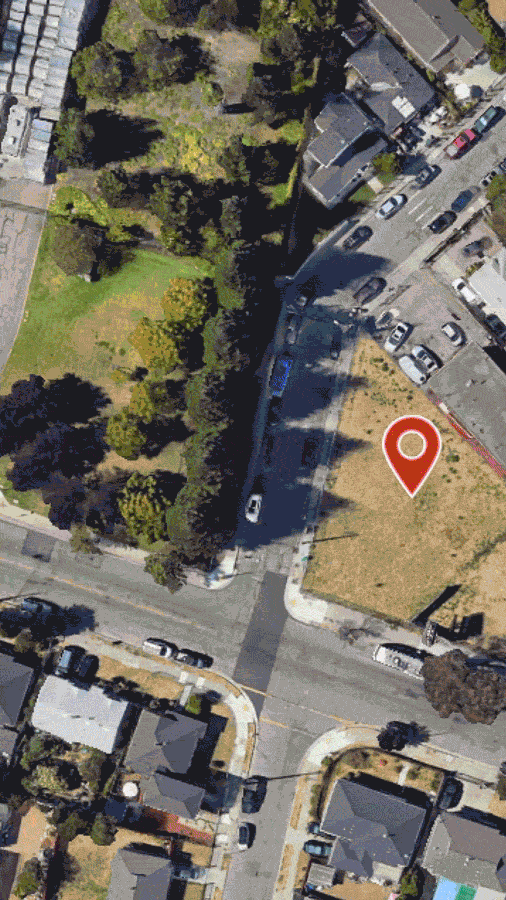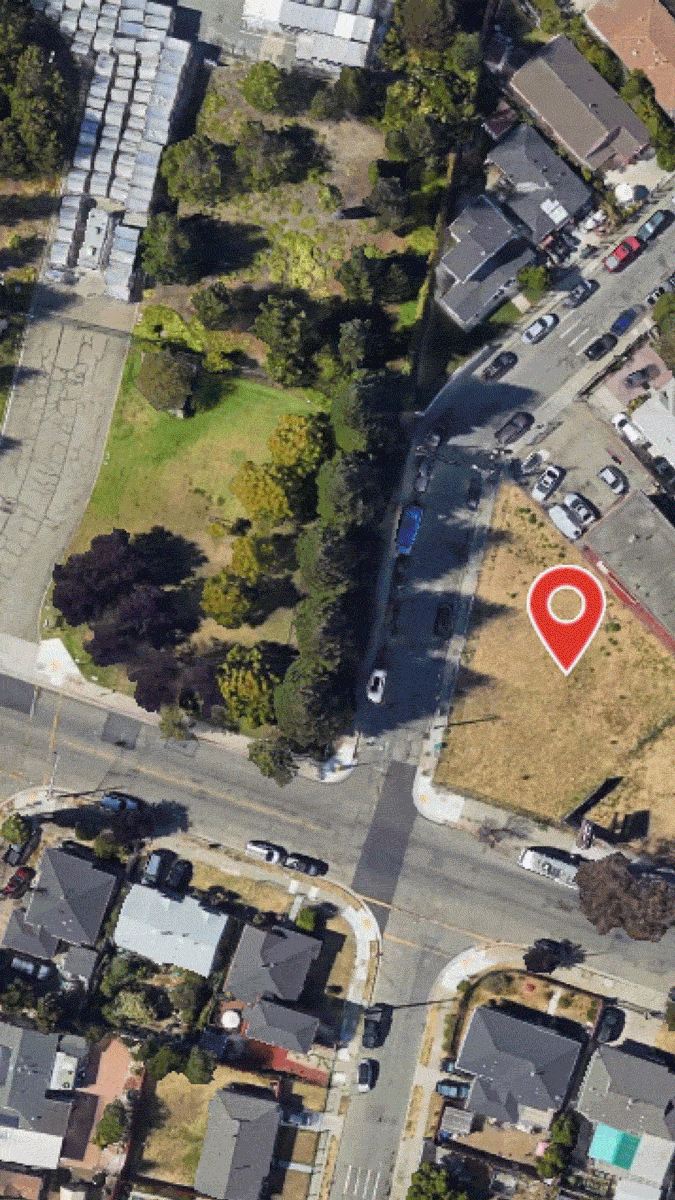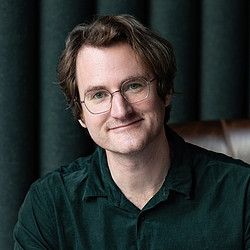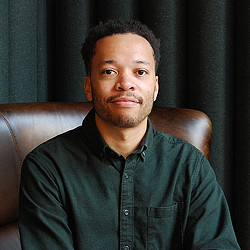How Augmented Reality Can Drive More Engaged Communities
August 14, 2023 | By Greg Gallimore, Collin Peters
Designing equitable cities remains an opportunity and a challenge in the post-pandemic world. Many cities are grappling with issues ranging from unattainable housing to a lack of safe, reliable transportation, while also navigating debates among residents on how to redesign single-use urban districts and chronically underserved neighborhoods into vibrant, multiuse live-work communities. These complex and often competing interests make community engagement — engaging the end users who will ultimately benefit from design — even more critical for architects, planners, and developers.
Often, community engagement takes place at a single moment — either at the outset of a project, or just before its conclusion. But we’ve found that it’s most effective when it’s consistent over time — and when communities feel like true partners in the process and product of design. While traditional outreach methods like focus groups and surveys have their benefits, new and emerging technologies are bringing even more opportunity to enhance the ways communities engage with the cities around them.
Augmented reality (AR), used as an architectural visualization tool, shows promise as an enhancer of the community engagement process. It’s intuitive and familiar to most, it utilizes a shareable format that streamlines buy-in and alignment, and its full-scale immersive nature lets people visualize — not read — complex architectural details that convey the full picture of a project’s impact.
Though its benefits and impact are still being fully understood, augmented reality has already been used successfully in city design and upkeep to align stakeholders around socially impactful projects, rally citizens around sustainable features, and bolster resilience in times of conflict.
DignityMoves, a California-based nonprofit whose mission is to end unsheltered homelessness, uses augmented reality to share proposed design options with a broad group of community stakeholders for interim supportive housing projects. Iterating with Google’s Geospatial Creator, and using housing models designed by Gensler, DignityMoves uses full-scale visualizations to help everyone grasp the impact of new projects, ultimately streamlining the design process, bringing communities in on the project and progress, and bringing suitable, equitably-designed housing sites to communities in need.
Watch the video showing how DignityMoves uses AR tools to visualize and iterate new urban projects that deliver social impact through dignified housing.

Rallying citizens around climate data
Sustainable cities are much more than sustainable design. It’s not enough for architects to design physical spaces for urban gardens, bike sharing programs, and walking paths. Citizens need to be acutely aware of these resources and excited to use them. Unfortunately, much of cities’ data and information around these resources is confined to obscure databases or hard-to-access websites that everyday citizens don’t often access.
Just as augmented reality can drive equity by simplifying architectural details for neighborhood residents, it can also drive equity by democratizing civic data that rallies citizens around sustainability and resilience.
The Knight Foundation, in partnership with Gensler, created an augmented reality experience with Urban Periscope to help empower citizens to understand and share data that can drive equity and resilience for today’s city dwellers. Using San Jose, California, as a pilot city, the AR lens tool layers actionable climate data onto city features at human scale, engaging residents around opportunities to make the most of the city’s resilient design.
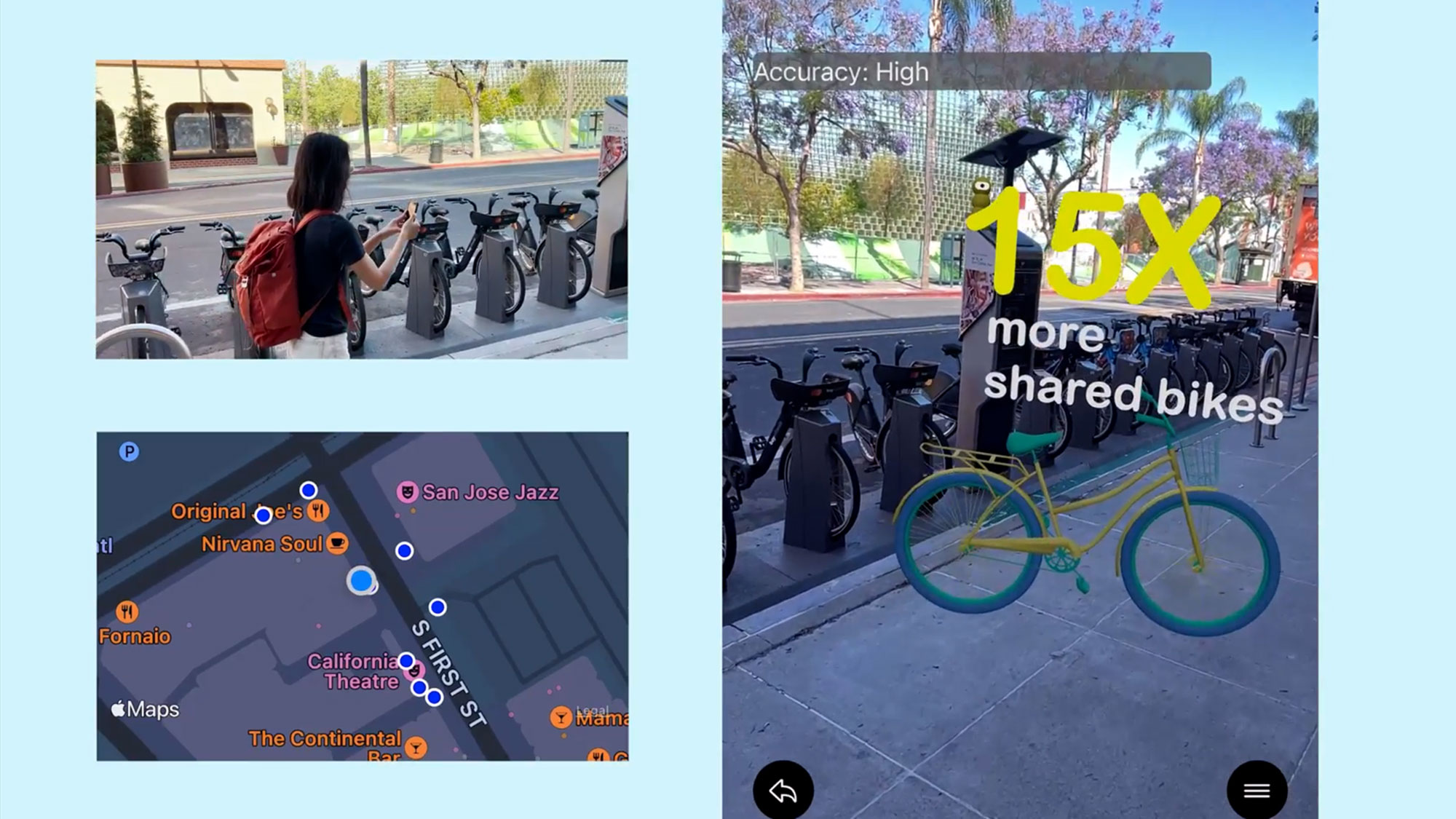
Bolstering resilience in areas of conflict
Sometimes community engagement is less of a nice-to-have and more of a critical need for continued existence. This is the case for conflict-torn cities like Kyiv in Ukraine, which has seen many of its cultural heritage sites, from Soviet-era churches to decades-old cemeteries, destroyed by the country’s ongoing conflict with Russia. Since the outset of the conflict, Kyiv’s local government has championed the power of technology to not only preserve history and heritage, but to encourage Ukranians to stay connected to their city, even amid volatility.
Backup Ukraine is a volunteer-based project that answers this need, using augmented reality to project and digitally preserve Kyiv’s landmarks, cultural heritage sites, and even modern buildings at risk of being damaged or destroyed by ongoing military conflict.
The project, a partnership between the Danish UNESCO National Commission, Blue Shield Denmark, Polycam, and VICE Media Group in collaboration with Ukraine’s Heritage Emergency Rescue Initiative and the National Museum of the History of Ukraine, was conceived by a group of NGOs using 3D scanning apps on mobile phones to capture high-quality models of sites across the city. Over time, as the effort has gained traction and attention, the scanning has been largely taken on by Ukranian citizens themselves — doubling down on community engagement and creating even more reason for Ukranians to spend time with the history of their city.
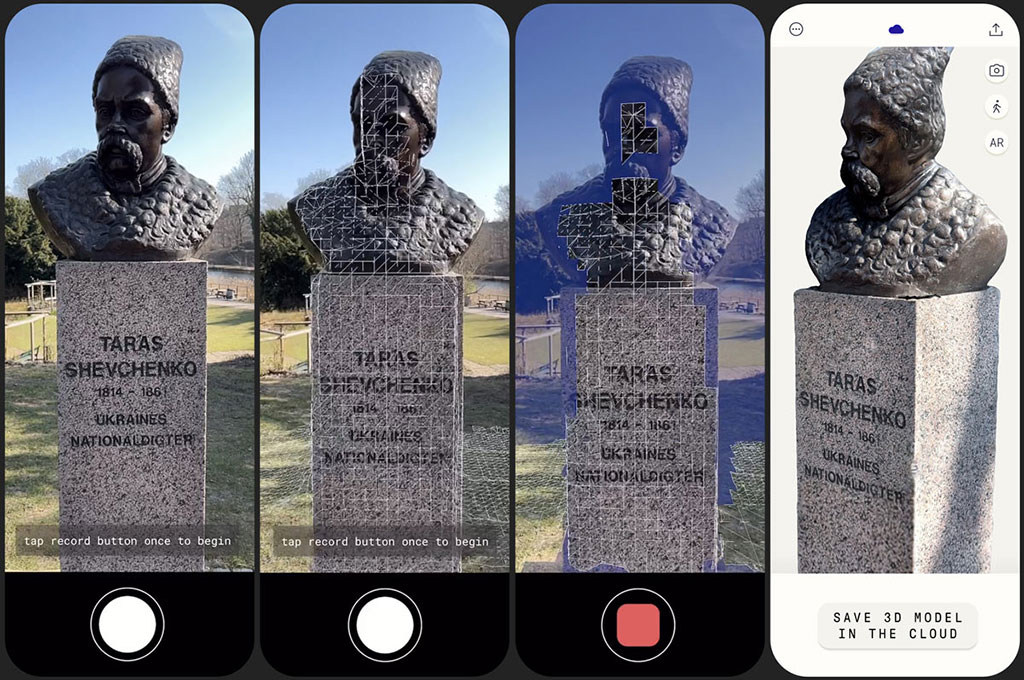
Using technology to create more equitable communities
Whether social, financial, or otherwise, equity is a critical lens that should be a consistent and long-lasting focus — not just present or visible in a finished project, but strived for across every stage of design, even after completion. When used effectively, immersive technology tools like augmented reality can improve the way we engage communities at every touchpoint, signaling partnership, communication, and goodwill to residents and stakeholders, and ultimately benefiting the end users for whom equity is designed.
For media inquiries, email .

